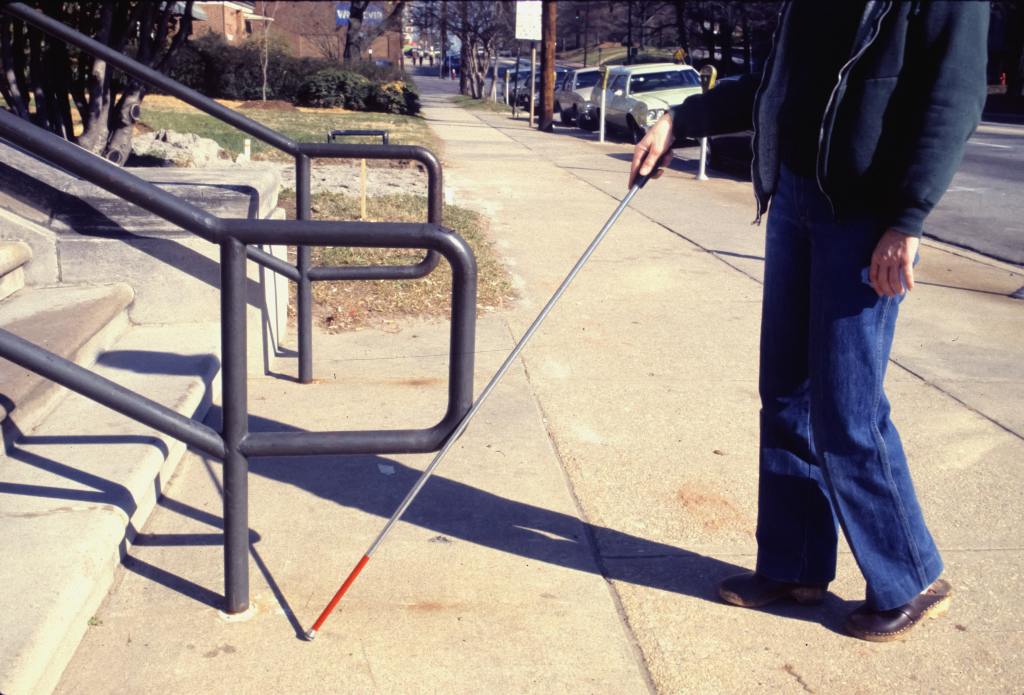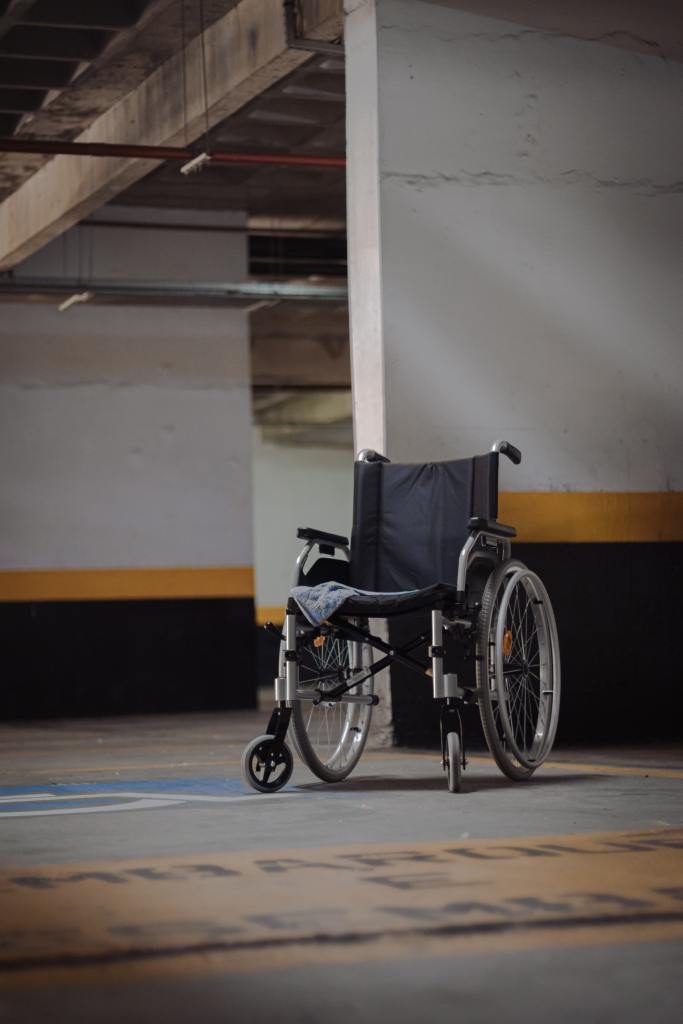The Feeling of Exclusion
By Meera Venkatesh
We have all experienced the slightest feeling or sense of exclusion in our conversations. Remember the time when all your friends talked about a trip that you had missed and subsequently the tinge of separateness at that moment. I have also had that experience when it was about movies and Netflix. As everyone’s faces exhibited enthusiasm for the conversation, mine was an emotionless, poker face as I did not have any knowledge about the subject. If I call those few moments as moments of exclusion, then what is the right word for the people with disabilities who experience this problem, day in and day out, in traversing through our cityscapes? How would a visually impaired person feel while commuting in our cities?

“Oh, you will never understand what I am experiencing now”
This is a statement we have heard a lot of times from our friends and family. It is true that what a person experiences is a subjective one and that it is almost impossible for the other person to experience it the same way. But it is definitely possible for us to understand and empathise. I feel the real problem lies when it stops at this level, and there is no progress. For example, when the height of a cabinet is not comfortable enough to access, the mind, automatically adapts itself to the situation after a considerable period of time when there is no possibility of change. This is the unique nature of our minds and the ability to train them in a particular way. With this comes another serious question. If this is the situation, then where is the process of development or progress?
I feel it is not just about empathising; it is about, not considering people with disabilities as a part of us. We think they are a different group of people, disconnected and discrete from us. Disabilities may be from birth or acquired at a later period in one’s life. Chris Downey, an architect, suddenly lost his vision after surgery to remove a brain tumour. Elise Roy, a disability rights lawyer and design thinker, was told, at the age of 10, that she was going to lose her hearing. Apart from permanent disabilities, there is a range of temporary disabilities too. A minor accident that I faced is also a temporary disability since it impaired or interfered with my daily activities for a particular period of time. Similarly, consider the limitations of a pregnant woman, a toddler and a senior citizen. This made me understand that disability is not something, apart from us. We may or may not stumble upon a temporary or a permanent disability. It is truly a phase in one’s life.
When it comes to city planning and buildings, why is it that we have conveniently isolated them from our purview? By providing a ramp and an elevator, are we solving the issue? What is it that makes us think that they are not part of our society and that they don’t need to experience the spaces as we do?
As mentioned earlier, it is the same answer of detaching ourselves from them. And hence, we are completely oblivious to their needs and requirements. I remember the erroneous perception that I had of how incorporating barrier-free elements in the design would make it less creative and imaginative, during my college days. Now, not only do I realise, how big that mistake was, but how low my standards were. As professionals, is it not our duty and responsibility to provide them with a dignified life?

Most of us would agree on the fact that our vision is one of the most powerful tools to read and interpret the world. We are so much engrossed with this particular sense that we pay little or no attention to our other senses. But what about people with limited or no vision? If architecture is just a visual experience, then what about the people who rely on other senses? Or on the contrary, if architecture is a multi-sensory experience, why are people with disabilities not given provision?
I feel the design of a city should develop from the foundations of the inputs given by the visually challenged. The thought process of the visually impaired should act as the basis for a good design. Contrary to what I believed previously in college, designing with this new attitude, would guarantee a good design, inclusive and sensitive to everyone’s needs. Time and experience indeed change a person a great deal. During this process of space planning, the architect or the designer automatically incorporates aspects of cues, landmarks and multi-sensory design elements, which are useful for all groups of people. In the process of facilitating the movement of persons with low vision by eliminating dimly lit areas, children, the elderly and women, all are benefitted.
Even in the field of tourism, there needs to be a set of additions for everyone to experience our heritage. Museums, libraries, and world heritage sites, all need to be equipped for people with disabilities. Why do we think that they wouldn’t be interested in these places of interest? What made us conclude that these places are not for them? It is veritably their choice to visit them or not but our primary duty as professionals is to give adequate provision for everyone. As previously said, disability, temporary or permanent, can affect anybody irrespective of their age group. Therefore, providing them with adequate facilities is imperative.
In conclusion, I feel the entire process of design, from its inception, has to be viewed through the lens of the disabled. Their inputs and thought processes need to be incorporated into the design more than others. A good and sensitive design includes them in every process and is not just about adding a ramp and an elevator.
By Meera Venkatesh

One Comment
E .Sivanagireddy
Excellent. Captured the silent feelings of millions and I became so emotional.
Congratulations Meera avl fir ur wonderful writing skill.
Sivanagireddy 👌👌👍👍